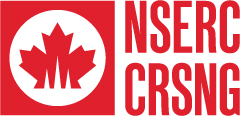Industrial Partners
Our Industrial partners were Canadian high-tech companies involved in advanced instrumentation projects, data analysis, and software development. The opportunities they provided allowed students to apply their skills and created a favorable exchange between industry and the astronomy community.
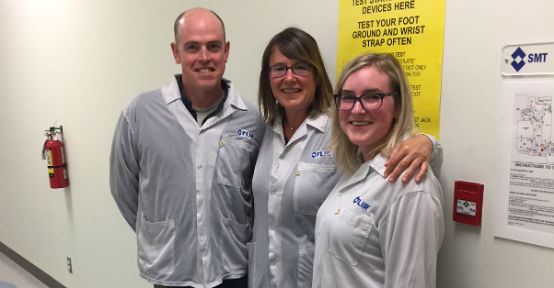
3VGeomatics (3vG)
Primary area: Interferometric synthetic aperture radar
Web: http://www.3vgeomatics.com/
Company contact: Andy Pon and Todd MacKenzie
3vGeomatics (3vG) uses Interferometric Synthetic Aperture Radar (InSAR) to measure ground displacement to sub-centimetre precision for sites around the globe, including mines, dams, and even the summit of Mauna Kea. In InSAR, satellites bounce radio (~cm) wavelength pulses off the ground and measure the phase of the returning signal. Measurements of phase differences between successive orbits are then used to calculate changes in the ground level.
3vGeomatics is actively developing and refining its algorithms for reducing and analyzing InSAR data, including working on developing powerful parallelizable machine learning algorithms.
3vG is located in Vancouver and is eager to bring in graduate level co-op students to work with the company to improve its software tools. The types of potential projects suitable for a co-op student include developing TensorFlow algorithms to remove atmospheric phase delays correlated with topographic changes, improving filters for removing temporally variable atmospheric noise, developing and implementing machine learning algorithms for smoothing low coherence data, creating software that can take existing data on the locations of water bodies to enable masking of water pixels in InSAR data, creating algorithms to model and remove ionospheric contamination, and bench-marking the accuracy of processing chains via the use of simulated data sets.
ABB
Primary area: Optics & photonics
Web: http://new.abb.com/ca
Company contact: Frederic Grandmont
AMD (Advanced Micro Devices)
Primary area: Microprocessors
Web: https://www.amd.com/en

Blue Sky Spectroscopy
Primary area: Spectrometers, radiometers for remote sensing applications
Web: https://blueskyspectroscopy.com
Company contact: Sudhakar Gunuganti
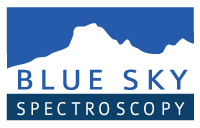
ComDev/ Honeywell
Primary area: Focal plane technologies
Web: https://aerospace.honeywell.com/en/pages/com-dev
Company contact: Matt Zweig

Honeywell Aerospace is currently developing concepts and technology prototypes for a number of diverse potential Canadian space missions and instruments. Examples are:
- A spectrograph and calibration system for NASA’s Wide Field Infrared Space Telescope
- An ultraviolet imager for auroral studies on a joint ESA-Chinese mission called SMILE
- A visible / infrared spectrograph for upper atmospheric research
- Development and test of a miniature spectrometer based on a photonic waveguide chip
- Development and test of an innovative wide field of view telescope & spectrometer for earth remote sensing
- Development and test of a complete optical communications link, including the assessment of adaptive optics for optical communications ground terminals, and developing protocols
- Development of digital filtering algorithms for search and rescue VHF signals
- Integration and test of a GPS-reflectometer instrument for soil moisture measurement airborne trials
Honeywell Aerospace makes use of state of the art laboratory equipment to develop this instrumentation and the intern will be expected to participate in some aspects of the assembly, integration and test of this prototype instrumentation.
Creaform-Ametek
Primary area: 3D optical measurement technologies
Web: https://www.creaform3d.com/en
Company contact: Sébastien Bouchard
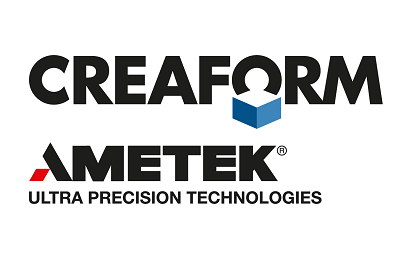
Creaform-Ametek is an international company headquartered in Lévis, Quebec which develops, manufactures and distributes portable 3D optical measurement technologies. Their products are used by more than 2500 customers from various industries, ranging from aerospace to automotive, research and education, heavy industry and power generation.
Diffraction Limited
Primary area: Low light imaging systems, software
Web: https://diffractionlimited.com/
Company contact: Douglas George

Diffraction Limited develops hardware for low-light scientific and astronomical imaging, and software for image acquisition and processing, telescope position control, and wavefront analysis. Its products are used in over 1000 observatories and laboratories around the world, and have been a part of both the Hubble Space Telescope project and the Dunlap Institute’s Dragonfly array.
Dynamic Structures
Primary area: Manufacturing technologies
Web: http://www.dynamicstructures.com/
Company contact: Amir Hadi
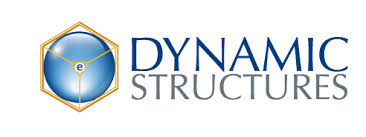
Fibertech Optica
Primary area: Optics & photonics
Web: https://fibertech-optica.com/
Company contact: Rafal Pawlucyk
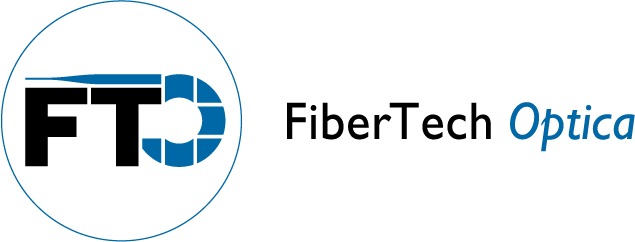
FLIR Integrated Imaging Solutions
Primary area: Imaging systems
Web: www.flir.com/mv
Company contact: Stephen Se
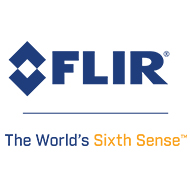
Industrial Plankton
Primary area: Engineering, biology, electrical
Web: https://industrialplankton.com/

INO
Primary area: Optics & photonics
Web: https://www.ino.ca/en/
Company contact: Patrice Topart
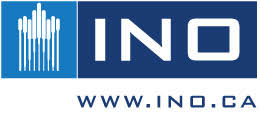
Limbic Consulting
Primary area: Engineering
Web: https://limbicconsulting.ca/
Company contact: Justin Love

MDA
Primary areas: Space robotics and sensors, radar satellites and ground systems, communication satellite payloads, antennas and subsystems, surveillance and intelligence systems, defence and maritime systems and geospatial imagery products and analytics
Web: https://www.mdacorporation.com/corporate/
Company contact: David Stevens

Founded in 1969, MDA is Canada's largest space technology developer and manufacturer. MDA has delivered iconic technologies such as the Canadarm family of space robotics for the U.S. Space Shuttle program and the International Space Station, and three generations of RADARSAT Earth observation satellites for the Canadian Government. More recently, they have taken a leadership role in the international consortium for the Central Signal Processing Element of the Square Kilometer Array (SKA).
Miovision
Primary area: AI, traffic networks, video detectors, data analysis, smart cities
Web: https://miovision.com/
Company contact: Maximilien Schirm
NuVu Cameras
Primary area: Detectors
Web: http://www.nuvucameras.com/
Company contact: Olivier Daigle
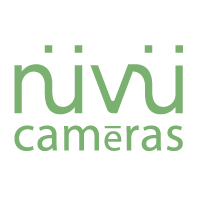
SKYTRAC Systems Ltd
Primary area: Optics and photonics integration, software development
Web: https://www.skytrac.ca/
Company contact: Brad Zarikoff
![]()
SKYTRAC is a leader in satellite communication (Satcom) systems and intelligent connectivity for the aviation and aerospace industries. Their suite of products and services serve multiple segments of aviation including commercial airlines, global military and government organizations, unmanned aviation operators and systems integrators, offshore oil and gas transport providers, emergency medical services, law enforcement, and more. As a value-added partner to Iridium, SKYTRAC provides leading, certified avionics and value-added services to thousands of users across the world in over 100 countries spanning all 7 continents. In addition, SKYTRAC holds partnerships with nearly all major aircraft OEMs. SKYTRAC holds 30 years of onboard analytics and global real-time tracking expertise on hundreds of airframes and is an expert in high-value OEM customizations.
Schneider Electric
Primary area: Energy systems
Web: https://www.schneider-electric.ca/en/

Observatory Partners
In addition to placements with industrial partners, NTCO sponsored one internship per year at the Gemini Observatory (North or South), the Alma Observatory (Chile), the Canadian-France-Hawaii Telescope (CFHT), and the Keck Observatory.
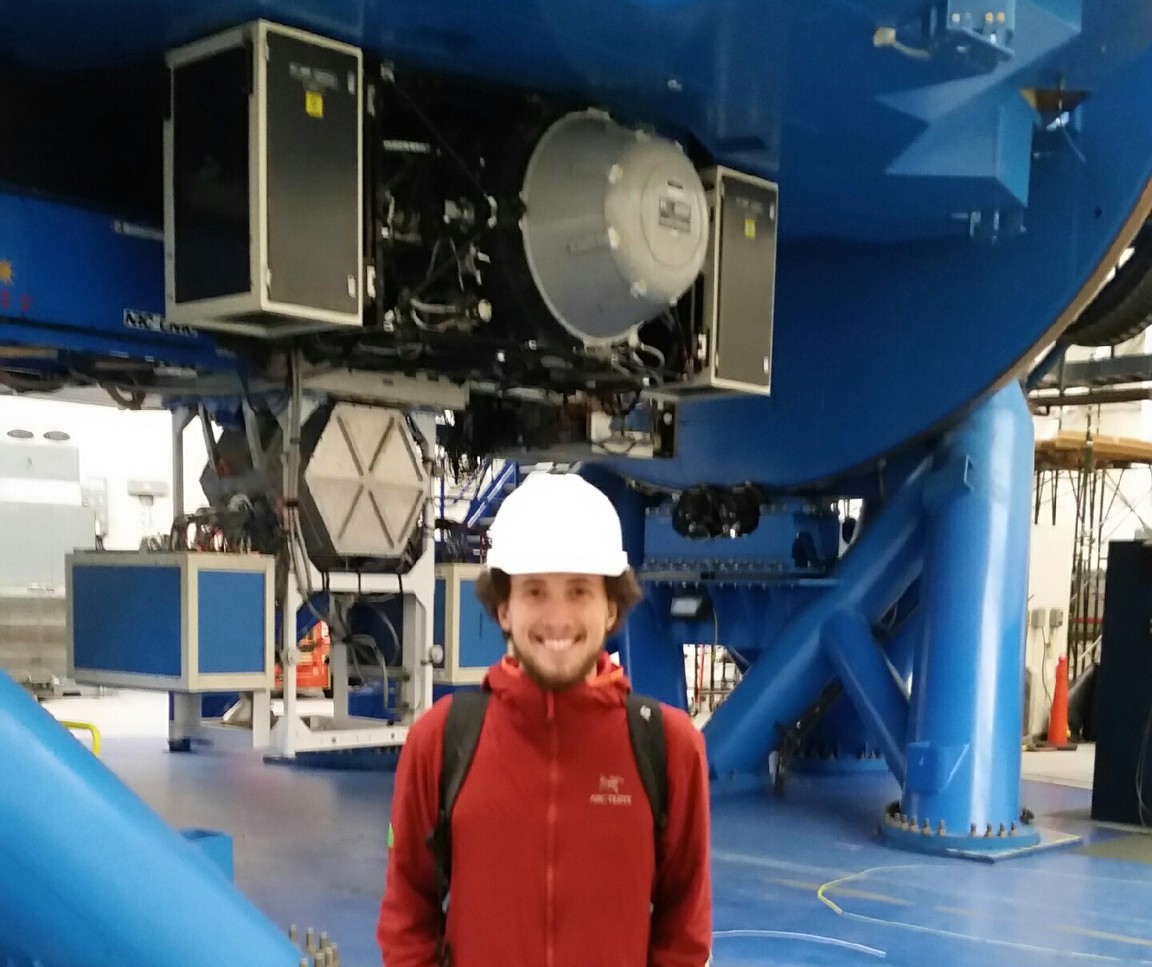
Gemini (North and South)

Gemini North and South observatories are twin telescopes located in Hawaii and Chile, respectively. Operated by a consortium of several countries, including the United States, Canada, Chile, Brazil, Argentina, and others, these observatories provide astronomers with access to cutting-edge observational capabilities in both the northern and southern hemispheres. Equipped with advanced adaptive optics systems and large mirrors, the Gemini telescopes are pivotal in various astronomical research endeavors, ranging from studying exoplanets and star formation to exploring distant galaxies and cosmology. Their strategic locations ensure continuous coverage of the sky and enable astronomers to conduct observations across a wide range of wavelengths, contributing significantly to our understanding of the universe.
ALMA Observatory
Web: https://www.almaobservatory.org/en/home/
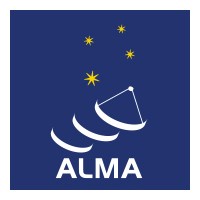
The Atacama Large Millimeter/submillimeter Array (ALMA) is a state-of-the-art astronomical observatory situated in the Atacama Desert of northern Chile. Comprising 66 high-precision antennas working in unison, ALMA observes the universe in millimeter and submillimeter wavelengths, unveiling otherwise hidden phenomena such as cold gas clouds, protoplanetary disks, and the early stages of star and galaxy formation. Its exceptional resolution and sensitivity allow astronomers to explore a diverse range of topics, including the formation of planets, the chemistry of interstellar space, and the cosmic microwave background radiation, shedding light on fundamental questions about the origins and evolution of the cosmos.
Canada-France-Hawaii Telescope (CFHT)
Web: https://www.cfht.hawaii.edu/
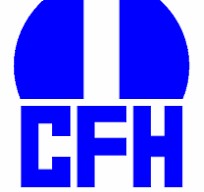
The Canada-France-Hawaii Telescope (CFHT) is a 3.6-meter optical telescope situated atop Mauna Kea in Hawaii. It is jointly operated by the National Research Council of Canada, the French Centre National de la Recherche Scientifique, and the University of Hawaii. CFHT is renowned for its large field of view and advanced imaging capabilities. Utilized by astronomers worldwide, CFHT has contributed significantly to research spanning from the solar system to the distant universe, including studies of dark matter, exoplanets, and the structure of galaxies.
Keck Observatory
Web: https://www.keckobservatory.org/

The W.M. Keck Observatory, situated atop Mauna Kea in Hawaii, comprises two 10-meter telescopes, Keck I and Keck II, which are among the largest optical and infrared telescopes in the world. Equipped with advanced adaptive optics systems, these telescopes provide astronomers with unparalleled resolution, allowing for groundbreaking discoveries in fields ranging from exoplanets and black holes to distant galaxies and the early universe. The Keck Observatory's strategic location and technological prowess make it a cornerstone facility for cutting-edge astronomical research.

